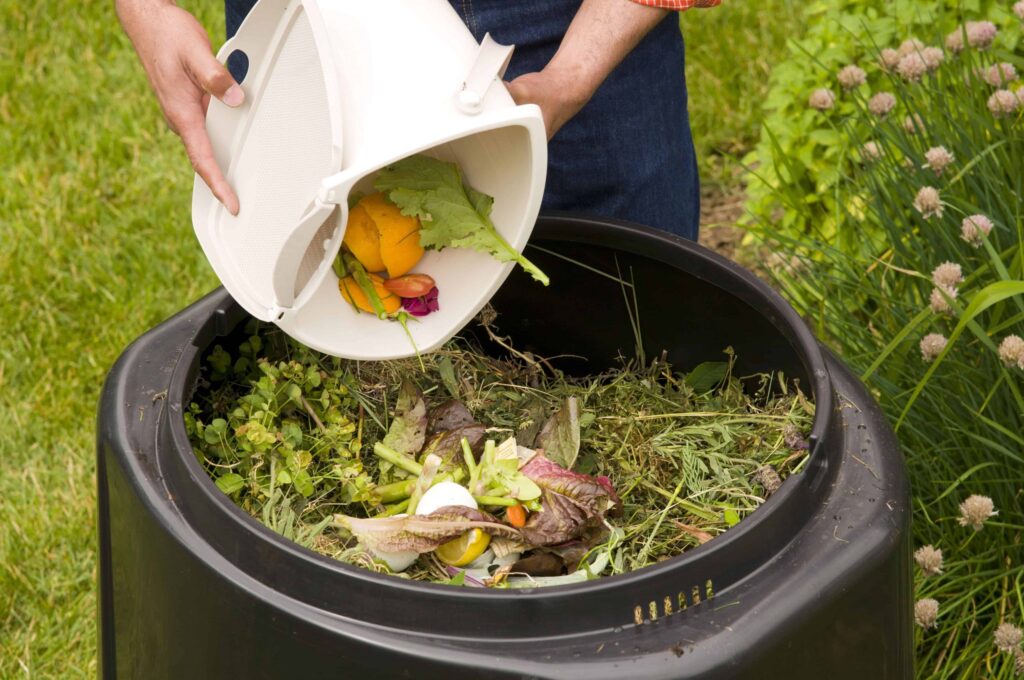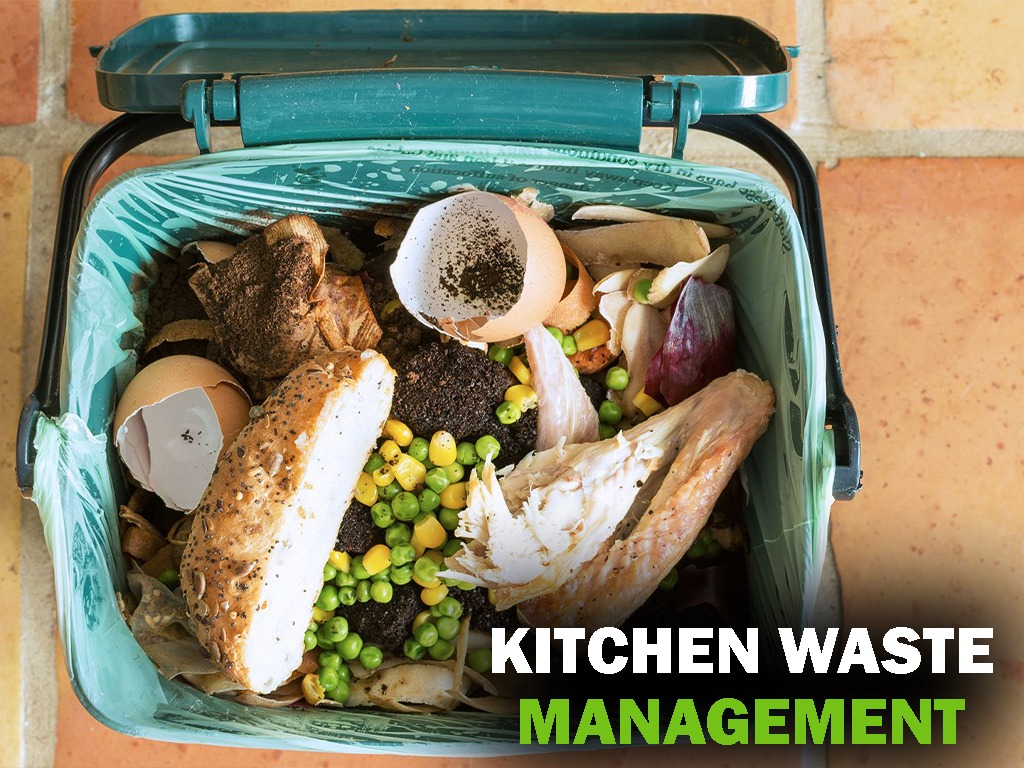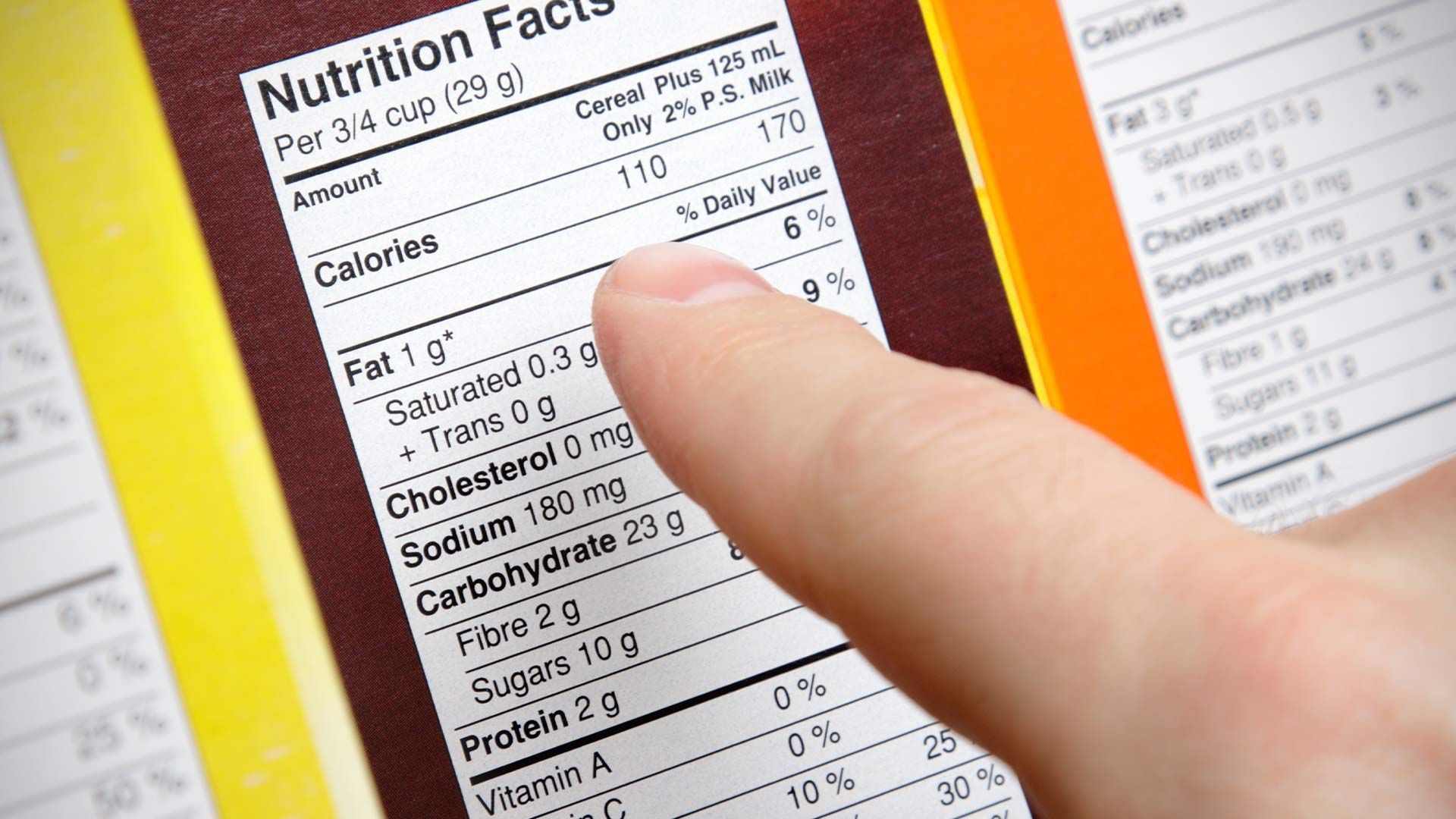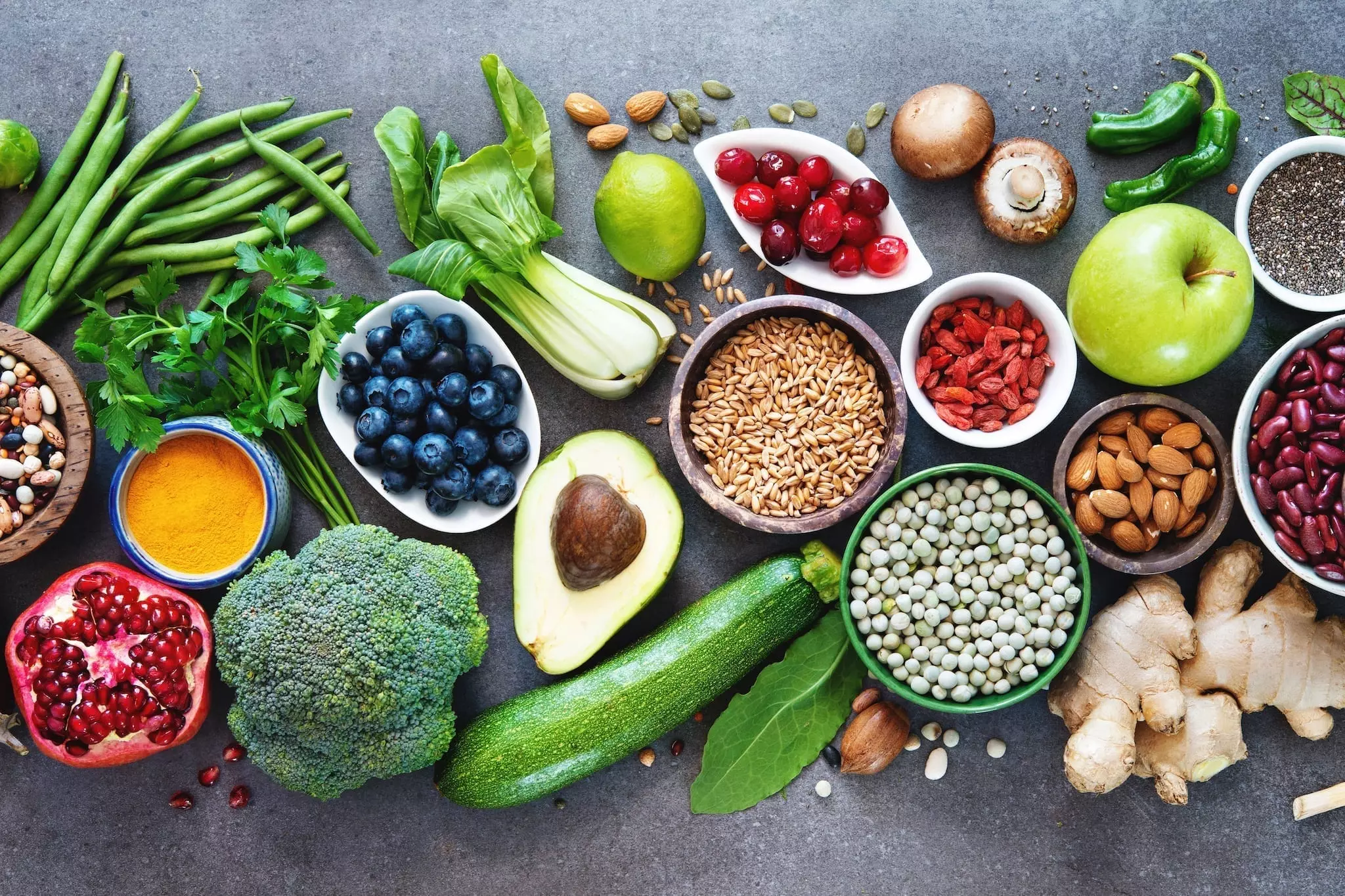Food waste is a growing problem in India. It wastes money, time, and precious resources. Every year, millions of tonnes of edible food end up in the bin. The sad truth is that most of it could have been saved.
The good news? Small changes at home can make a big difference. With the right kitchen habits, storage techniques, and a little planning, you can easily reduce your household food waste.
This guide gives you simple, step-by-step tips to manage food waste at home. It is written in plain English, with a focus on Indian kitchens and everyday life.
Why Managing Food Waste Matters in India

Wasting food not only hurts your wallet but also harms the environment. When food ends up in landfills, it produces greenhouse gases like methane, which contribute to climate change.
In a country like India, where millions still go to bed hungry, throwing away edible food is a moral and social concern too. By reducing waste, you save money, protect the environment, and help conserve resources.
The Golden Rule: Reduce, Reuse, Recycle
To tackle household food waste effectively, remember these three steps:
- Reduce — Buy and cook only what you need.
- Reuse — Give leftovers a creative makeover.
- Recycle — Compost unavoidable scraps.

Smart Grocery Shopping for Less Waste
Meal planning is the first step to cutting food waste. Plan your week’s menu before you shop. Create a shopping list and stick to it.
Pro tips for Indian households:
- Buy fresh vegetables and fruits for 2–3 days at a time, not for the whole week.
- Stock pantry staples like rice, atta, and dal once a month.
- Check “use by” and “best before” dates. Remember, “best before” is about quality, not safety.
- Avoid bulk buying perishable items unless you can freeze them.
Kitchen Storage Hacks to Keep Food Fresh Longer
Correct storage is the secret to preventing food spoilage.
- Grains & Pulses — Store in airtight steel or glass jars.
- Onions & Potatoes — Keep in a cool, dark place.
- Leafy Greens — Wrap in paper towel and store in perforated bags in the fridge.
- Bananas & Other Fruits — Keep bananas away from other fruits to slow ripening.
- Leftovers — Label and date them. Follow the “First In, First Out” rule.
Cook the Right Portions
One big reason for waste is cooking too much food. Use smaller pots or measure ingredients. For rice, a standard measure is 1 cup raw rice for 2–3 people.
If you have guests, estimate realistic portions. When in doubt, cook slightly less and make fresh chapatis or rice if needed.
Turn Leftovers into Delicious New Dishes
Leftovers are not “yesterday’s food”—they are tomorrow’s lunch!
- Rice → Fried rice, lemon rice, or curd rice.
- Rotis → Roti wraps or masala paratha.
- Veggies → Mix into pulao or make cutlets.
- Overripe Fruit → Smoothies, shakes, or jams.
Store leftovers in airtight containers and consume within 2–3 days. Freeze if you want to keep them longer.
Teach Your Family and Kitchen Staff
Talk openly about food waste with your family and household help. Show them how to store food properly and why portion control matters. Make it a fun challenge for kids—reward them for finishing meals and reusing leftovers.
Also Read How to Repot a Plant the Right Way: A Complete Guide for Indian Gardeners
Home Composting: Turn Scraps into Gold
Some waste, like vegetable peels, tea leaves, and fruit skins, is unavoidable. Instead of throwing them away, compost them. Composting turns waste into natural fertiliser for your plants.
Simple composting method:
- Take a bin or a large pot.
- Add a layer of dry leaves or shredded paper.
- Add kitchen scraps.
- Keep alternating layers.
- Turn the pile weekly and keep it moist.
- In 2–3 months, you’ll have rich compost.
For flats, try vermicomposting (using worms) or bokashi bins—both are space-friendly and odour-free.
What Not to Compost
Avoid putting meat, dairy, oily foods, and bones into a home composter. These can attract pests and cause foul smells. Stick to plant-based kitchen waste.
Share or Donate Surplus Food
If you have safe, extra cooked food, share it with neighbours, guards, or community kitchens. Many local NGOs, gurudwaras, and temples accept surplus food. Apps and social media groups also connect donors with people in need.
Tech Tools to Reduce Food Waste
Use apps or even a handwritten fridge inventory to track expiry dates. Set phone reminders for perishable items. These small steps prevent “forgotten food” at the back of the fridge.
Money and Environmental Benefits
Reducing waste cuts your grocery bill and reduces pressure on natural resources. If every Indian household reduced waste by even 25%, the combined savings would be massive.
One-Week Food Waste Reduction Plan
Sunday: Plan meals, make a shopping list.
Monday–Wednesday: Cook fresh for 1–2 days, freeze extra portions.
Thursday: Use up old ingredients in one-pot dishes.
Friday: Make chutneys, pickles, or smoothies from surplus.
Weekend: Compost scraps and clean storage containers.
FAQs – Managing Food Waste in Indian Homes
Q: Can I compost in a small apartment?
A: Yes. Use a vermicompost bin or bokashi bucket. They are compact and easy to manage.
Q: How can I make food last longer in the fridge?
A: Store items in airtight containers, keep temperature between 1–4°C, and don’t overcrowd shelves.
Q: Is food past the “best before” date always bad?
A: Not always. Use your senses—look, smell, and taste (if safe) before discarding.
Q: What’s the best way to involve kids?
A: Turn waste reduction into a game. Let them track savings or help make leftover recipes.
Final Takeaway
Managing food waste at home is simple once you make it a habit. Plan smart, store right, reuse creatively, and compost what’s left. Every Indian home can help fight food waste, save money, and protect the planet—starting today.
Author- Ayush














